
A Frequent Mishap
A broken finger happens to be the outcome of more situations involving our hands and fingers than we would want it to be. Very often, often without realizing, we strain our fingers too much and the result is this injury. Fortunately, this is not a serious type of injury and is easily treatable. The important thing is to act timely and immobilize the finger correctly as well as to seek medical attention. Making sure you follow certain steps, you will ensure your finger's proper and fast healing.
Treating a Broken Finger
In order to avoid complications later on, the best thing after breaking a finger is to remove any rings or other type of jewelry you might have on it. Since, after breaking,one's finger tends to swell shortly after the injury itself, it is best to have it removed beforehand. If the swelling had already commenced prior to the ring removal, apply cold to the swelling in order to reduce it and remove the obstructing piece of jewelry.
After the previous step comes the highly necessary immobilization. Namely, the broken finger should not be moved in order to avoid further bone damage to be done. Rather,you may use whatever you find near, adequate to be a splint. For example, you can take two ice cream sticks and place them on the opposite sides next to the broken finger. Further on, you may use any kind of wrapping material such as tapes in order to keep the stick sin place and provide the adequate immobilization. Along with the splint, you may use a system similar to a sling for a broken arm.Since it is in your best interest to ensure proper resting and avoid any movements of the finger, you may benefit from a finger sling which will allow the finger to relax without forcing it to move.
A Few Additional Tips
In cases of inflammation or excessive pain, you may use some painkillers or anti-inflammatory medications.These may reduce the swelling, the inflammation and any kinds of irritations you might feel. It is important to keep the finger swelling as low as possible in order to make the finger easier to be treated later on. Since a visit to the doctor's it a must, consider it a step to be taken as soon as possible, right after you have taken all these necessary steps. After examining the finger and establishing the adequate treatment based on its condition, it is highly likely that the doctor will tell you to keep it immobilized during your recovery period. The healing process should not last more than a couple of weeks. During this period you will need to change the bandages and keep the finger clean, while taking medications if necessary. However, if the healing process seems to take more time than predicted, or the pain becomes persistent followed by constant inflammation, make sure you contact your doctor immediately in order to act timely and prevent any unwanted outcomes.





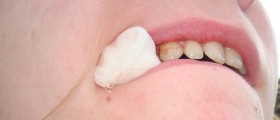
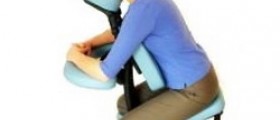
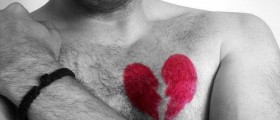



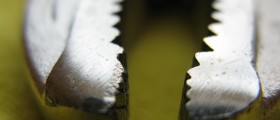

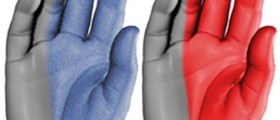

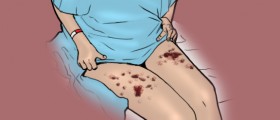

Your thoughts on this
Loading...